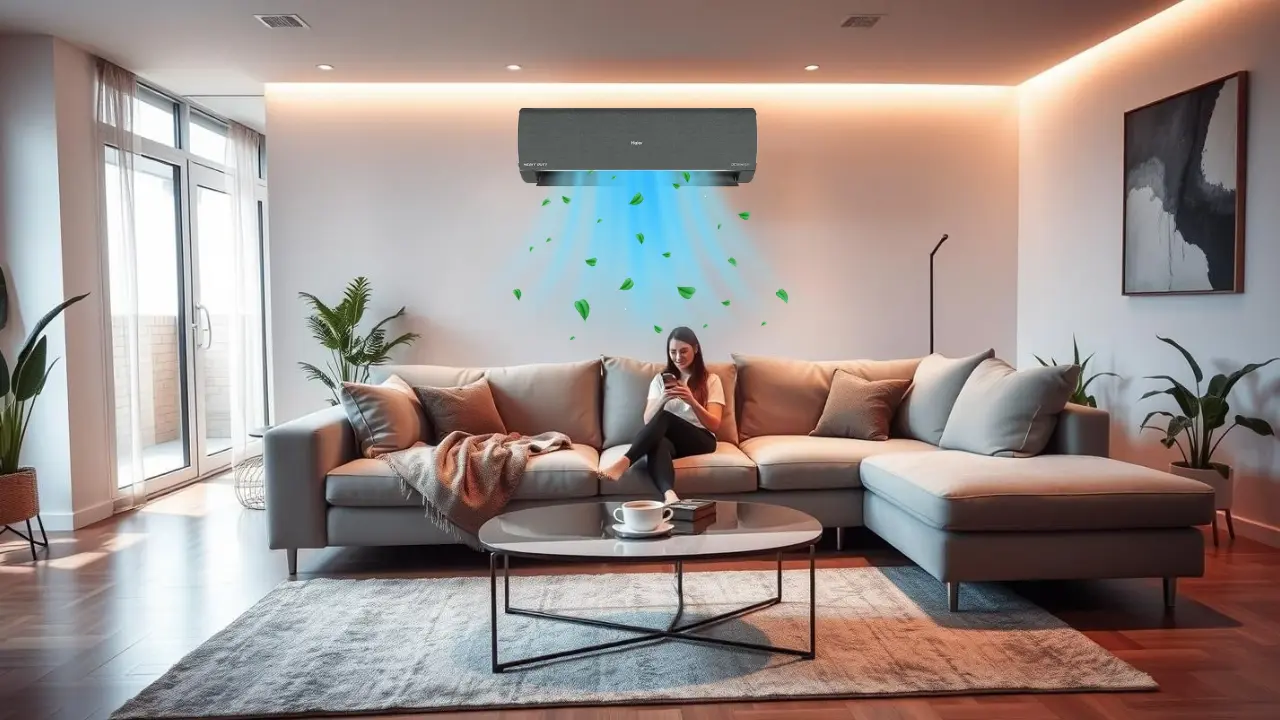Consider the feeling of coming back to your home after a long day in the scorching sun. The cheery breeze your AC gives feels like a reward.
But here’s the riddle; does having your AC on all day actually make it worthwhile to pay the fixed electricity costs when turned off during the day?
This is a case scenario we all can relate to in an Indian household, particularly during the peak months of May and June. And for what it’s worth, the answer isn’t as easy as it appears to be.
So how about we look into helpful facts, habits, and modern powerful technologies around air conditioning that are changing the way we cool our homes as well as manage energy costs with air conditioners and its advance features for the year 2025.
The Common Belief Turning It Off Saves Money
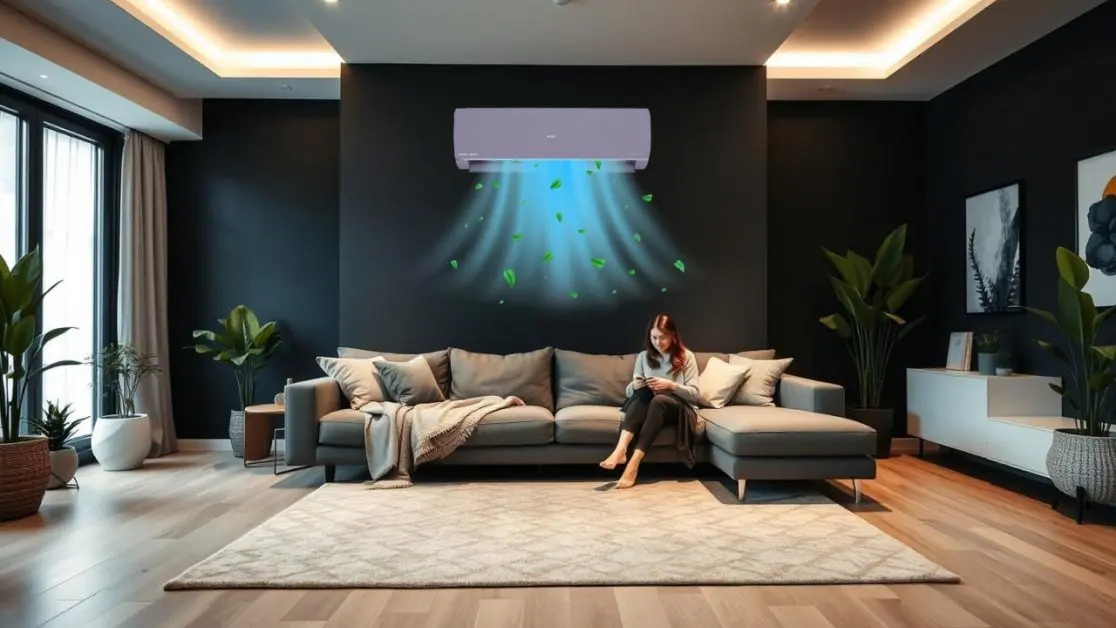
The common approach states that cost saving can be achieved by switching the AC off when no one is present in the vicinity.
Looking at it for the first time, the method does seem effective. If something isn’t working, there should be zero cost associated with it. In this case, no one is home to make use of the conditioned air.
However, modern air conditioners, especially with inverters, do not function the same way as ceiling fans. Which means they are smarter, adaptive and are energy conscious. They are capable of analyzing the environment and making significant changes to it and keeping the costs low.
Therefore, switching them off and on multiple times could actually cost more than letting them run on lower settings.
However, not everyone benefits from running the air conditioning continuously for 24 hours. The unit’s type and the way you have set it up in your office or home determine how effective the machine is.
What Happens When You Turn the AC Off and On Again
An air conditioning unit is similar to a car in which its cooling system is the engine. During the off periods, the room heats up, and the air conditioning needs to cool the room. Starting the air conditioning unit means the compressor needs to engage in some heavy work to get the temperature down. In maintaining an already cool room, electricity is far cheaper than the initial surge cooling expenditure.
Once again, this applies most to those hotter than hot times of the day. Energy use is the highest during those super-hot hours while the compressor runs full throttle.
But when the room is set to 28 or 29 degrees and only slightly elevated from baseline, keeping the AC running during short absences of up to 3 hours will often prove more economical rather than later trying to cool down a room that has been allowed to heat up fully.
Inverter Technology Makes a Big Difference
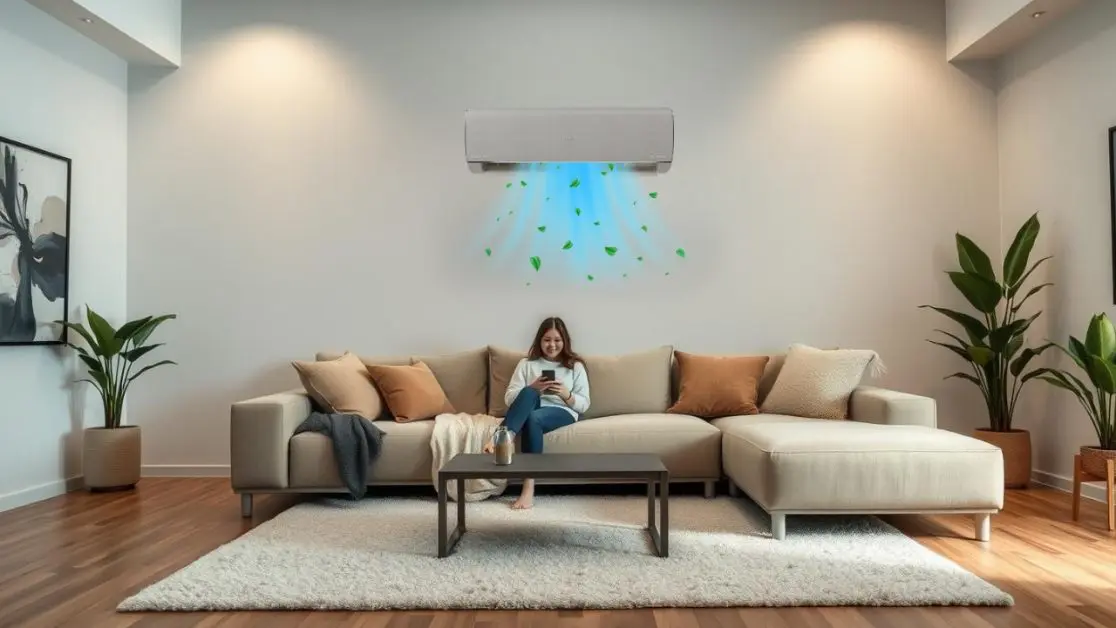
All air conditioners are the same. In non-inverter ACs, the compressor operates in a start-stop mode, fully switching on or fully switching off. This mode of operation leads to unstable cooling and inefficient power use.
On the other hand, inverter ACs are made to respond to changes in room temperature. After sufficiently cooling the room, they go into low-power standby.
HEXA Inverter Technology, for example, delivers consistent cooling while using less electricity. It uses advanced controls like PID, TLFM, and A-PAM to ensure the system never overworks unnecessarily. That means no sudden jumps in electricity usage.
So, Should You Leave It On All Day?
Practically speaking, if stepping out for a full workday (8 to 10 hours), turning the AC off completely makes more sense than leaving it on, trying to maintain cool air.
In other cases, when leaving home for short durations, or if there are family members at home, moderate settings prove more stable power savings.
Especially with newer inverter models, after cooling a room, the AC unit operates at a lower speed which saves electricity compared to the startup surge needed every time you switch it on.
What About Power Bills? Let’s Talk Numbers
Let’s assume your air conditioning consumes 1.2 units of electricity per hour when operating at the maximum speed. Running it at max speed for 2 hours, then switching to low mode at 0.3 units per hour for 8 hours, would cost approximately 4.5 to 5 units.
Now imagine the scenario of multiple turning off and on. Each time it powers back on, it goes to maximum power which could substantially increase your consumption again.
So, reducing your consumption is not only achieved by turning off the AC, but rather how well you control the timings of its operations. That is where modern air conditioners excel.
Let’s analyze some of the technologies that increase energy efficiency even further.
AI Climate Systems
AI ACs learn their user’s daily schedule. They refine cooling patterns based on their preferences. For example, if a user habitually returns home at 6 PM, the AI begins pre-cooling at 5:45 PM. This way, you walk into a cool room without the expense of running the AC on full all day.
ACs also monitor energy consumption and display real-time charts logging electricity spent daily, weekly, or monthly. If the user’s consumption is nearing the target set, the AI will automatically switch to an energy preserving configuration. You stay within budget without having to do anything.
Intelligently Changeable Modes (7-in-1)
Most ACs today possess 7 operational modes. Customers can set cooling levels at 40%, 55%, 75%, and 110% or even higher at 110%. This allows you total flexibility over your energy consumption during the day depending on the user’s comfort requirements.
Cooling Without Being Concerned With Power Cuts or Voltage Fluctuations
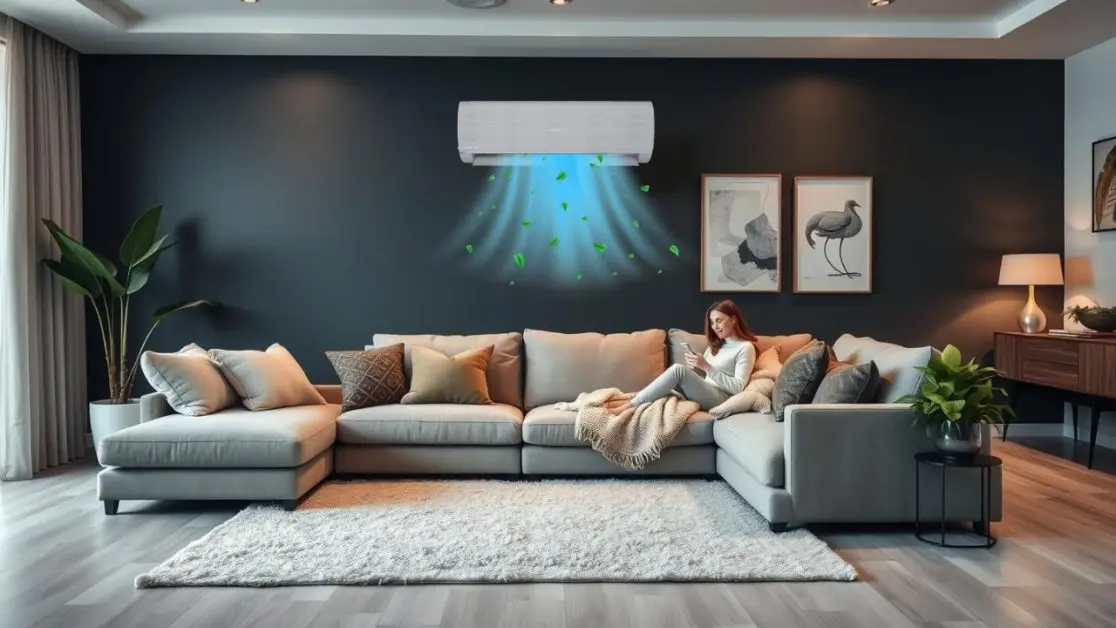
Another thing that people seem to forget is that in India, we also have voltage fluctuations.
Using A-PAM Inverter Control, air conditioners avoid unplanned shutdowns and ineffective voltage cooling during unstable grid conditions or amidst varying voltages of 120V to 290V.
For instance, regions that are frequently exposed to outages or load shedding benefit the most. Rather than starting from scratch, the AC self-adjusts and stabilizes, thereby preventing the need to restart and compressor stress.
The Hidden Capabilities of Self-Cleaning and Maintenance
Dusty filters or vents make the AC useless. It’s as though trying to breathe through a piece of fabric. There is higher power consumption and sluggish cold air.
The complete indoor wet wash enables users to clean the internal coils by pressing one button. As a result, cooling efficiency improves and energy is saved over long periods without requiring any service.
Hygienic filters save the household from indoor pollutants as well. This is crucial where children or elderly people, as well as health experts, suffer from allergies.
What Should You Actually Do Now?
If you are still unsure of what to do in your home, we’ve got you covered with a straightforward checklist:
Leave the AC on all day only if:
- The inverter AC is modern, and you have energy-saving features.
- There is no direct sunlight on the room, which has good insulation.
- Someone is home during the day, or you stay home.
- In convertible modes or AI climate control, you can lower the output.
Turn It Off When:
- Your AC is going to be OFF for more than 4-5 hours, especially if not AI-controlled.
- It is older without inverter or AI control options.
- If the home heats up too fast in your absence.
- Housekeeping budget is strict on electricity spend and no background usage is preferred.
Pro Tips to Maximise Comfort and Savings
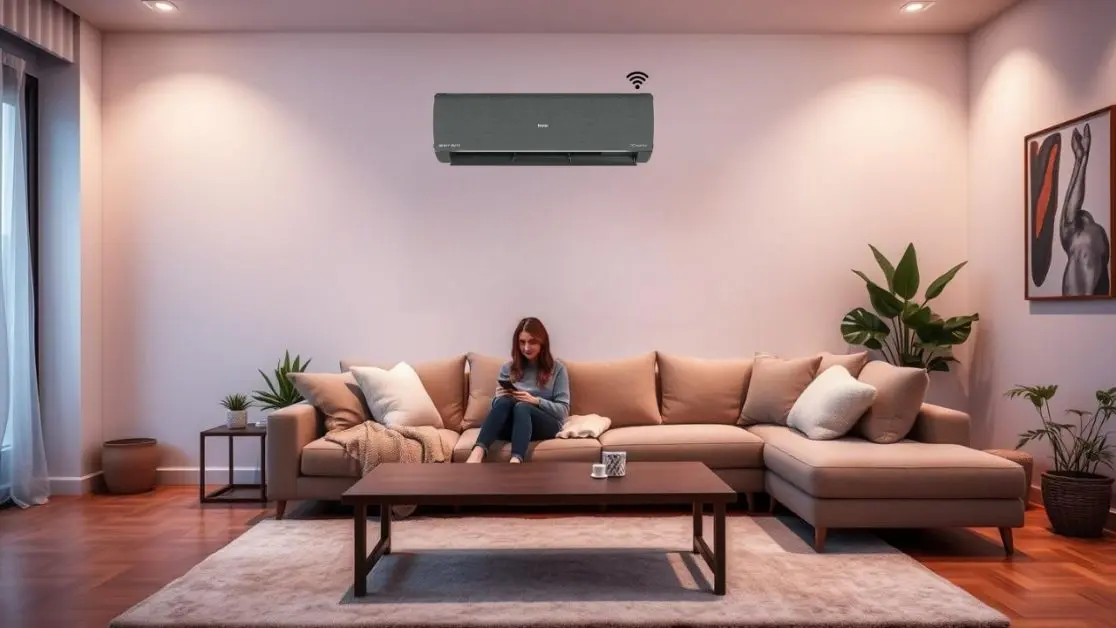
Turn off the AC while maintaining the cooled temperature to save energy. With the turbo mode engaged/supersonic broilers, it cools the room in 10 seconds. Instead of running it all day while you’re out, switch it on when you’re back home.
- 26°C to 28°C are the optimal settings, since it balances savings and comfort.
- Close all windows and doors tightly to ensure no cool air is escaping.
- Direct sunlight entering the room? Block them with blackout curtains and reduce indoor heat gain.
- Self Clean AC function should be pressed if available, else filters must be cleaned every 15 days.
So, Is It Cheaper to Leave Your AC On All Day?
Strapped with inverter tech, AI controls, and insulated rooms, and if you’re just stepping out for a bit, keeping your AC running at a readonly temperature could minimize electricity expenses. In fact, it might keep the environment more comfortable consistently.
If still using older models, or if the room temperature increases too fast in absence, turning off the AC is the best choice economically.
It’s not about leaving it off or on that does the trick.
Self adjustment and smarter control is what does the trick.
Upgrade to Smarter Cooling with Haier India
If constantly readjusting the AC or unpredictably measuring the power bill is the norm, is it time to rethink having the air conditioning do the estimating instead?
With AI Climate Control and real time energy monitoring, new line of Inverter AC’s provide comfort, efficiency, and intelligence to Indian households. The features focus shifting energy efficiently and are designed to help instead of being convenient.
Check out the collection of Haier India ACs and experience state-of-the-art cooling technology.
Stay cool with the smarter options. Live better with Haier.

